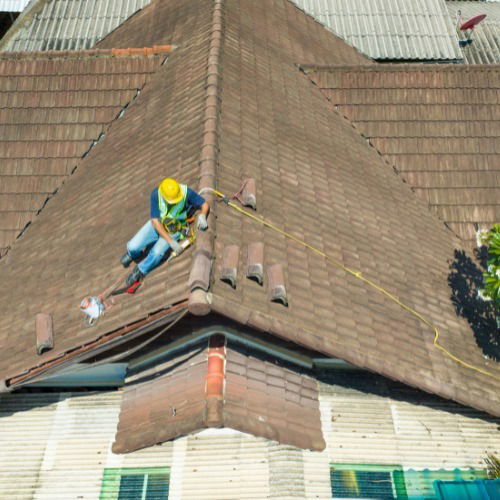Understanding the Lifespan of Your Roof

The roof over your head is a critical component of your home, providing protection from the elements and contributing to overall energy efficiency. For homeowners, understanding the lifespan and maintenance needs of their roofing system is essential for ensuring long-term durability and performance. While roofing materials and workmanship vary widely, there are several key factors that influence how long a roof will last and when it may be time for repair or replacement. This article provides important insights into residential roofing and commercial roofing systems.
1. Material Matters:
The type of material used in a roofing system is one of the most significant determinants of its longevity. Asphalt shingles, for example, are commonly used in residential roofing due to their affordability and ease of installation. These typically have a lifespan ranging from 15 to 30 years depending on quality and environmental conditions. Metal roofs, on the other hand, can last upwards of 40 years or more with proper care due to their resistance to weathering and decay.
2. Environmental Impact:
Environmental factors play a considerable role in the wear and tear on a roof. Severe weather conditions such as hail storms, heavy snowfall, high winds, and prolonged exposure to sunlight can accelerate aging. In areas with harsh climates or frequent storms, regular inspections are crucial to identify potential damage early on.
3. Maintenance Is Key:
Regular maintenance is the cornerstone of prolonging the life of any roof. Homeowners should conduct periodic inspections to check for signs of damage such as loose or missing shingles, cracked flashing, or blocked gutters which can lead to water accumulation. Addressing these issues promptly through professional roof repair services helps maintain structural integrity.
4. Ventilation and Insulation:
Proper ventilation and insulation directly affect a roof's health by regulating temperature fluctuations that may otherwise cause materials to expand or contract excessively. Inadequate ventilation can lead to moisture buildup in attic spaces resulting in mold growth or wood rot which compromises the support structure.
5. Professional Installation:
Lastly but importantly, professional installation cannot be overstated when it comes to a roof's lifespan. Skilled contractors ensure that all components are installed correctly with attention paid to sealing joints against water penetration—an essential aspect of both residential roofing installations as well as commercial projects where flat roofs require precision workmanship.
